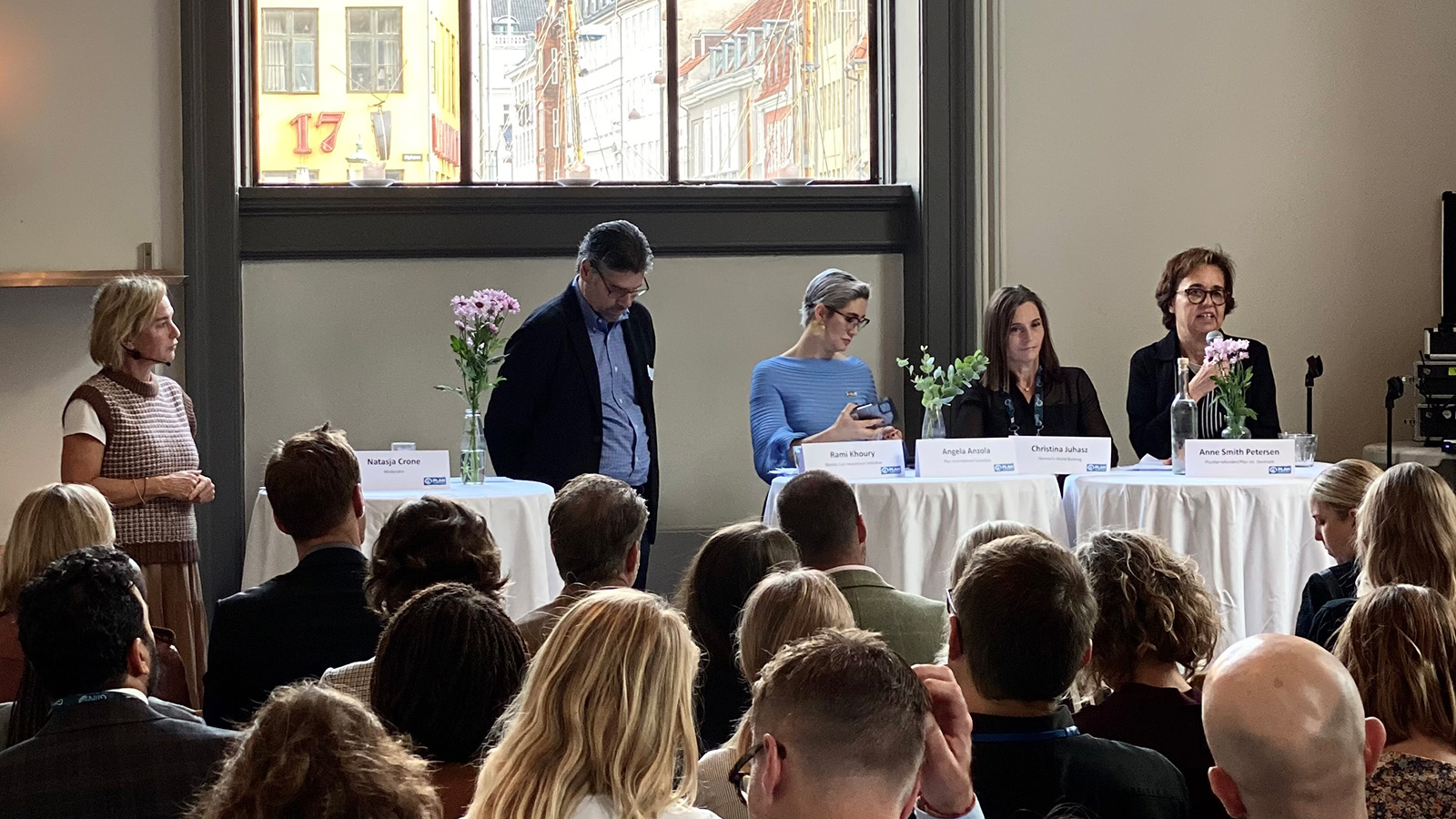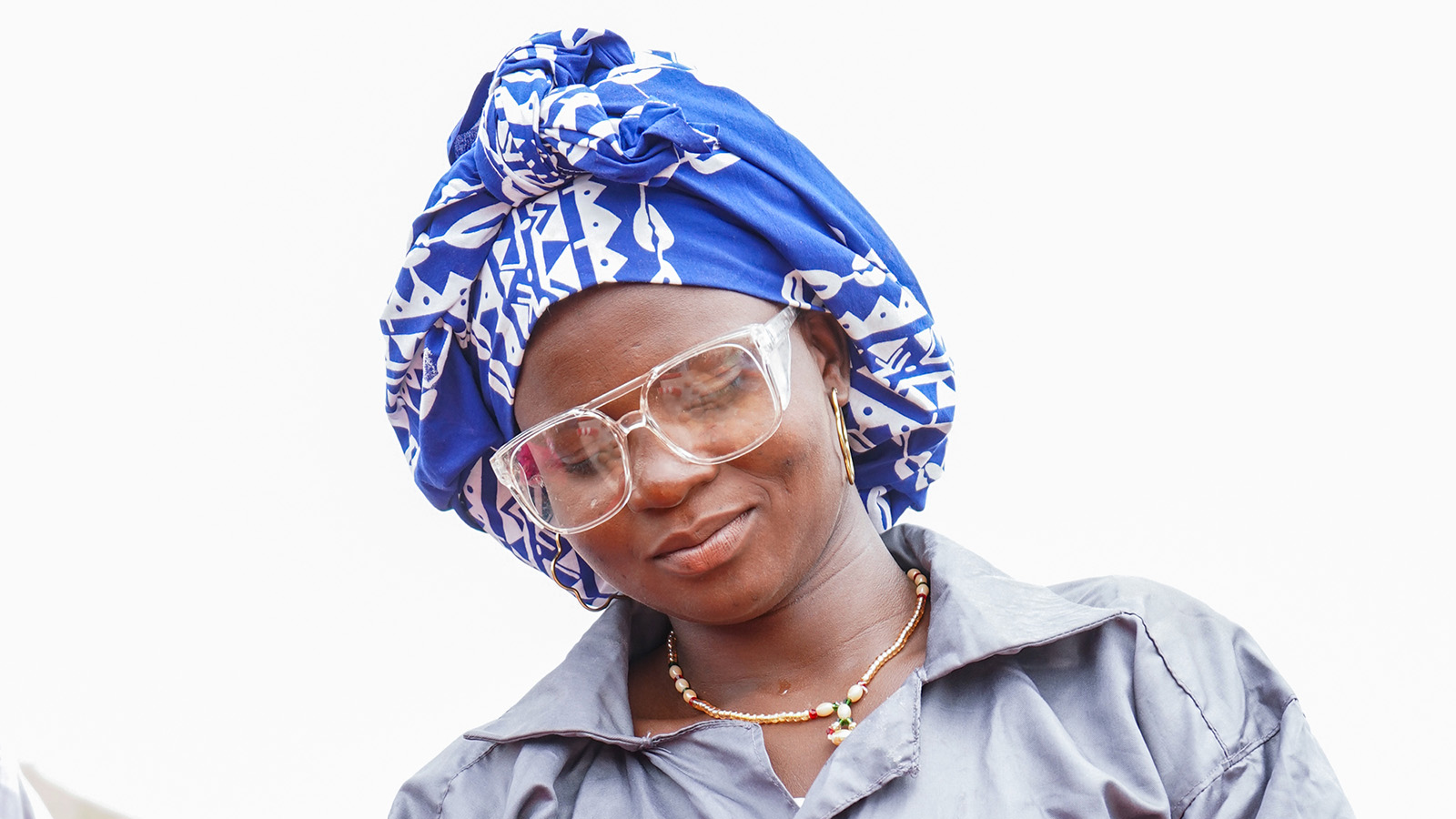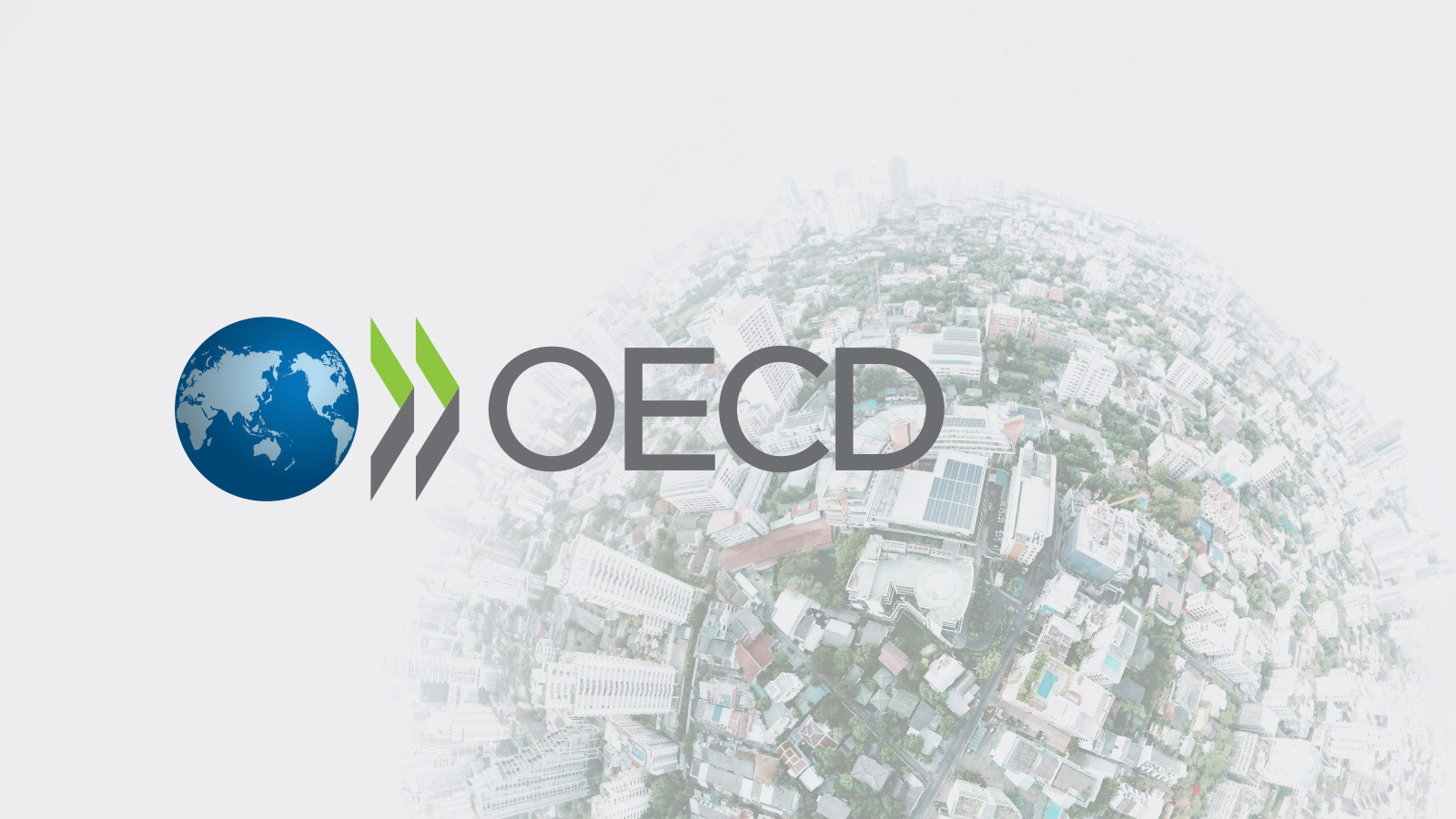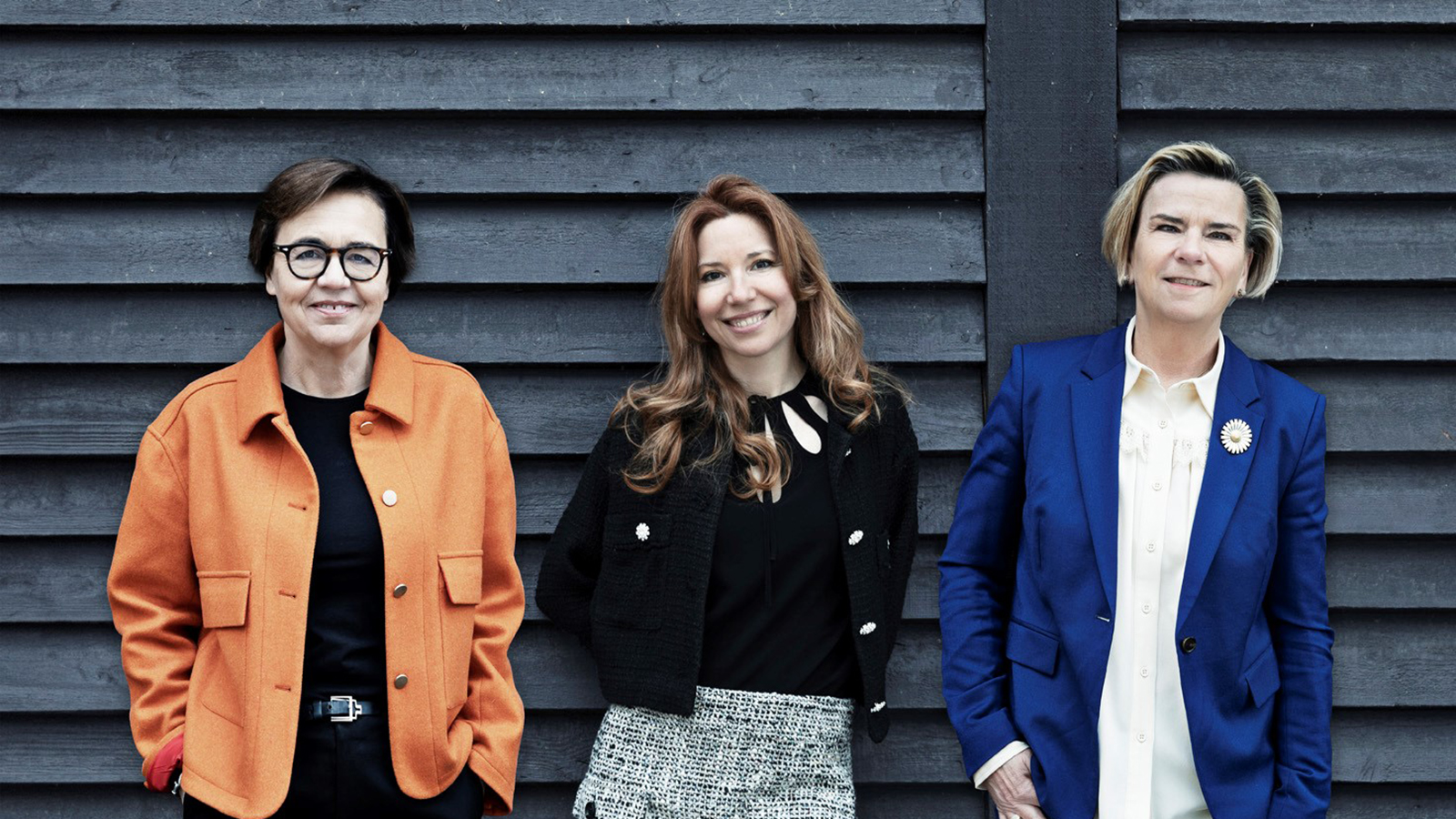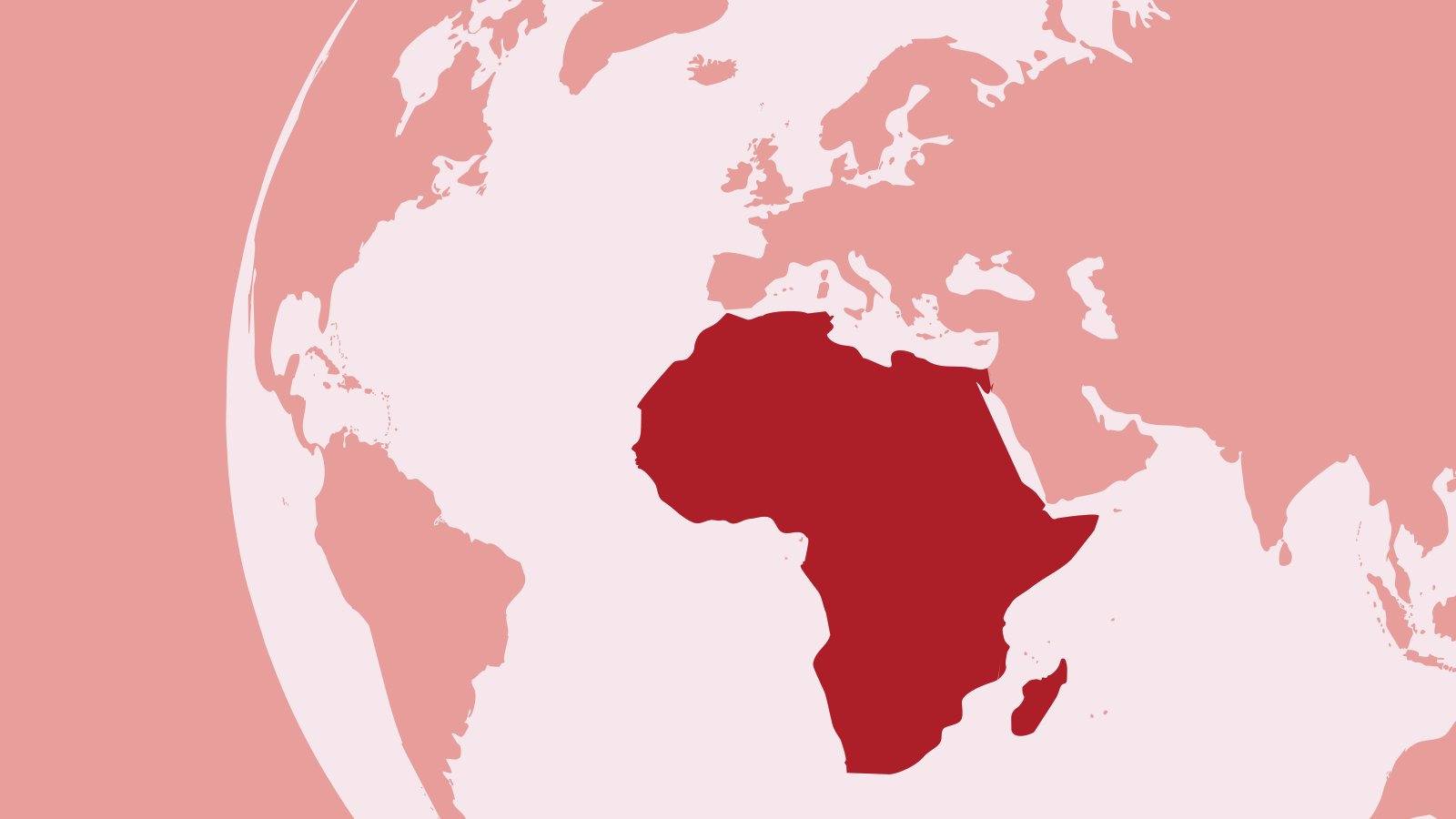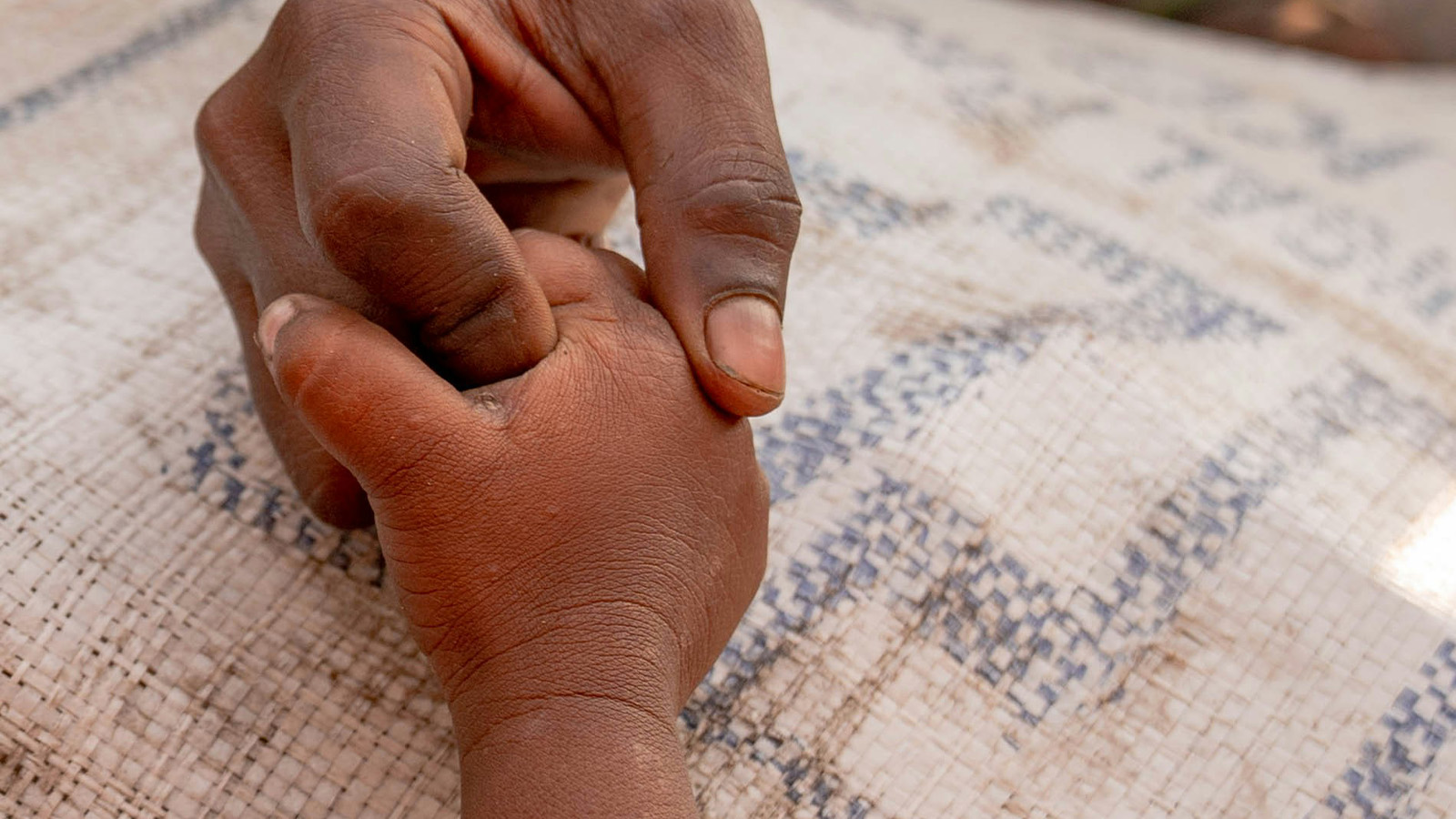The new strategy marks a shift towards a new approach, whereby development aid will mobilise private capital and strengthen Danish economic interests.
In a world characterised by crises, climate change and growing inequality, Denmark is raising the level of ambition in development policy. The new strategy, ‘The World in Transition – Partnerships in Development’, which was launched in June 2025, represents a significant change. Development aid will no longer operate in isolation, but rather leverage private investment, economic growth and shared interests for the benefit of both developing countries globally and Danish stakeholders.The new strategy is the result of a broad political agreement between the government and several parties, including the Det Konservative Folkeparti, Radikale Venstre, Socialistisk Folkeparti, Alternativet and Enhedslisten.
C4IF ‘We are fully aligned with the strategic priorities.’
The strategy contains a number of concrete actions aimed at creating more sustainable and effective development cooperation. According to Anne Smith Petersen, the CEO of the Capital 4 Impact Foundation (C4IF), the content represents a breakthrough.
‘For the C4IF, this moment marks a political breakthrough. What we were created to pioneer — blended finance, results-based models, and private capital mobilisation — is now embedded in national development policy. The strategy makes several concrete suggestions on how to turn vision into action, which is very positive,’ she says.
Financing: From one development krone to five investment kroner.
A key element of the strategy is to maximise the impact of each development dollar. The government aims to ensure that each public development dollar triggers three to five kroner of additional investment. This will be achieved through close collaboration with the business community and the use of new financial instruments, including support for various funds.
The strategy is based on the concept of equal partnerships, promoting solutions that align Danish interests with global needs. The focus areas span job creation, climate, education and health and sustainable transition, trade, and security. The aim is to create development from which both recipient countries and Danish stakeholders can benefit economically, politically, and in terms of values. These focus areas align with C4IF’s efforts,” says Anne Smith Petersen.
C4IF: Fully aligned with the following strategic priorities:
Anne Smith Petersen highlights that ‘The World in Transition – Partnerships in Development’ signals a new era in which Denmark is positioning itself as a responsible development actor and strategic investor. With innovation, financial mobilisation and partnerships at its core, the strategy sets a new direction for how aid is conceived and used in an ever-changing world.
‘Part of the strategy’s content is not theory, but C4IF in practice. We are building the infrastructure for catalytic development finance by creating investment-ready pipelines in Africa and the MENA region. We structure risk- reduced investment models for private and philanthropic capital, and we are leading the way with a small handful of other Danish impact investors in blended finance, We are already up and running and ready to support the strategy,” says Anne Smith Petersen.
Why C4IF is important now
The strategy outlines five core themes—we deliver across all of them.
- Jobs, growth, investment: Financing youth-led SMEs and sustainable entrepreneurship
- Conflict & displacement: Projects in fragile states, incl. refugee-hosting regions
- Green, fair transition: Climate-smart infrastructure (e.g., water, agri-WASH, green jobs)
- Democracy & rights: Inclusive funding tools that empower local actors
- Education & health Results-based education models, early learning investments
What C4IF is doing
We’re already collaborating across sectors to deliver blended solutions—from water to education, from youth employment to refugee resilience.
Continuing our mission to turn policy ambition into financial traction
Scaling our investment-ready deal pipeline
Expanding our development guarantee and co-investment model
Engaging new capital partners (family offices, philanthropies, DFIs)


